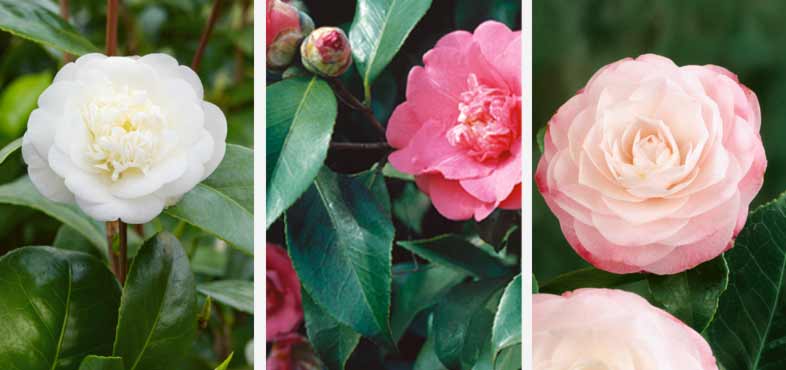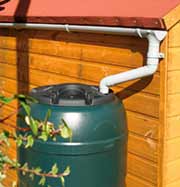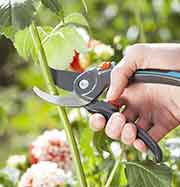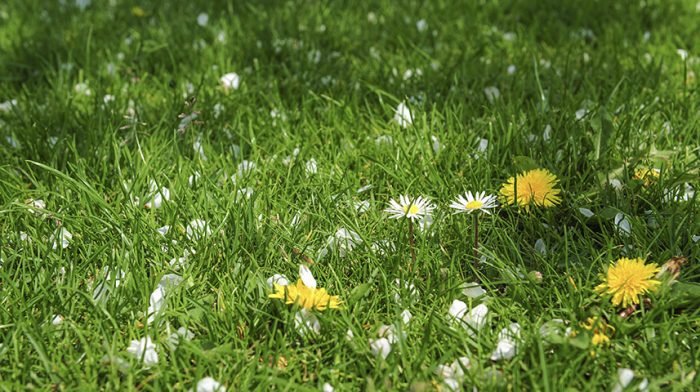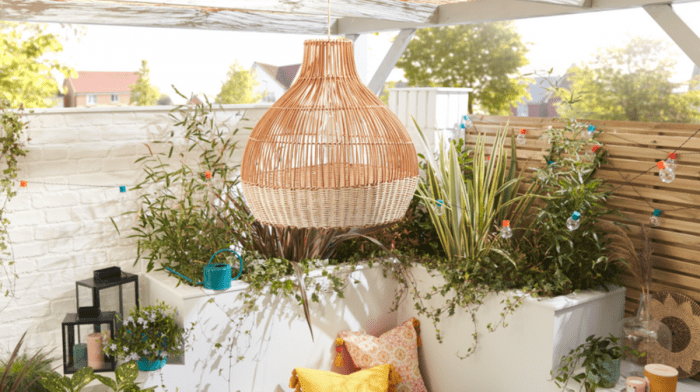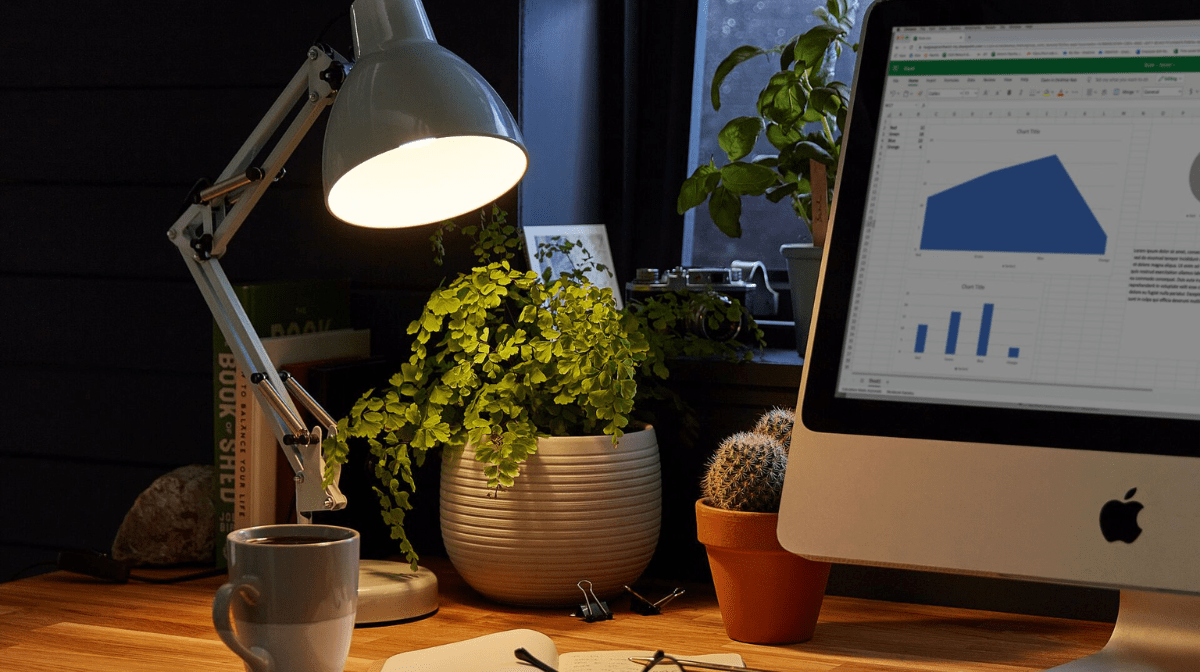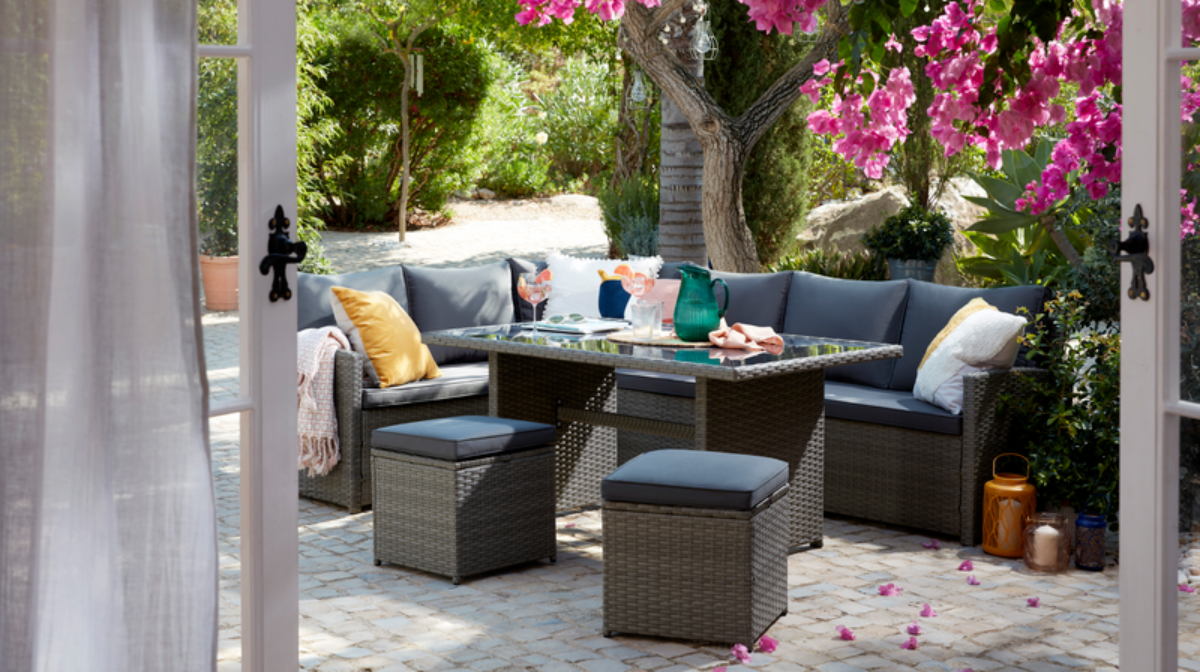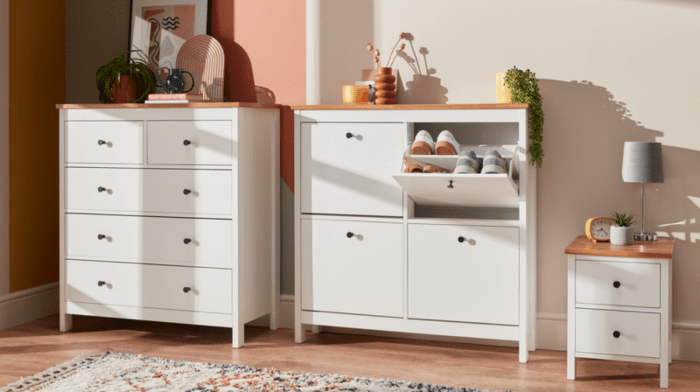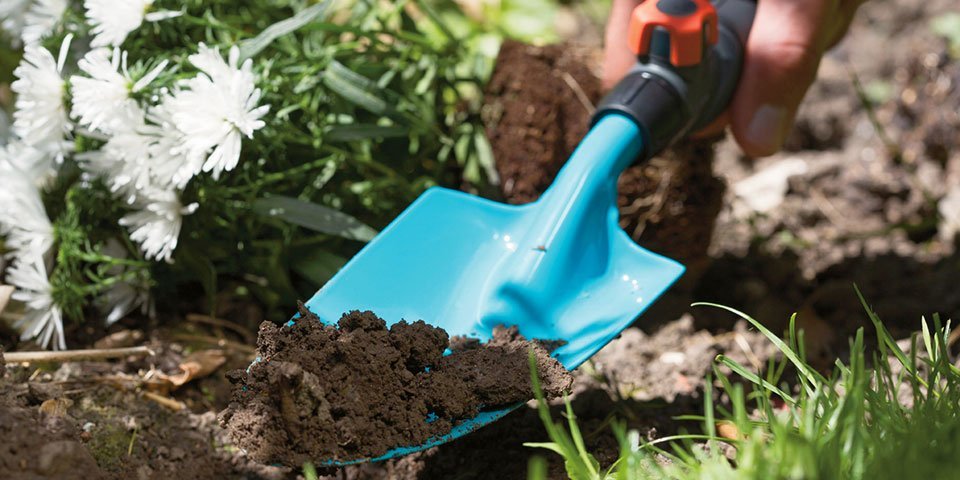Camellia
With its glossy evergreen leaves and beautiful densely-petalled blooms from autumn to early spring, a Camellia will give any garden a burst of colour when not much else is flowering.
Hardiness
Slightly tender to hardy.
Soil
Camellias favour an acidic, free-draining soil but can always be planted in containers of ericaceous compost if your soil is more alkaline. You can mulch with roughly 10cm of bark chippings or leaf mould in late winter or early spring to conserve water around the roots.
Size
Although they can grow up to 20m tall in the wild, varieties in the UK usually stop at around 5m tall with a 4m spread, and will grow up to 30cm a year until mature.
Positioning
They grow best in shelter and light shade, but can be grown in sunny conditions if they are carefully watered.
Watering
They need lots of regular water, especially in late summer when the buds are forming, and ideally rain water if your tap water is hard.
Flowers
Usually large and bold, flowers can grow up to 12cm in diameter with colours varying from white to pink to red.
Planting
It’s best to plant them between autumn and late spring.
Pruning
It’s best to prune in the spring, straight after flowering, if the plant needs to be reduced in size, then hard pruning can be effective.
Feeding
They can be fed in spring and early summer with acidic fertilisers but don’t feed them later than the end of July, as this can lead to bud drop.
